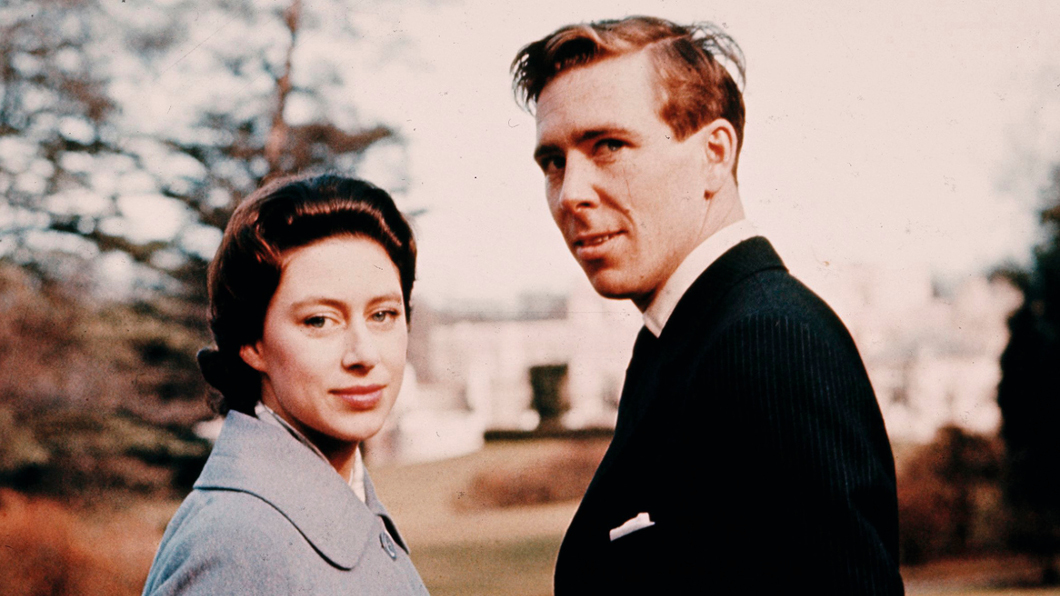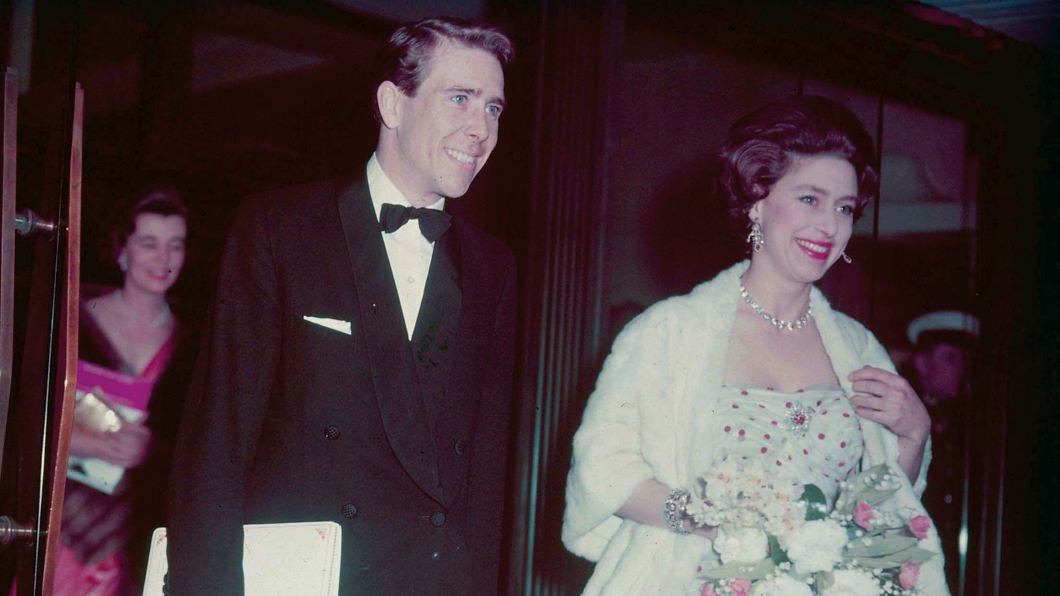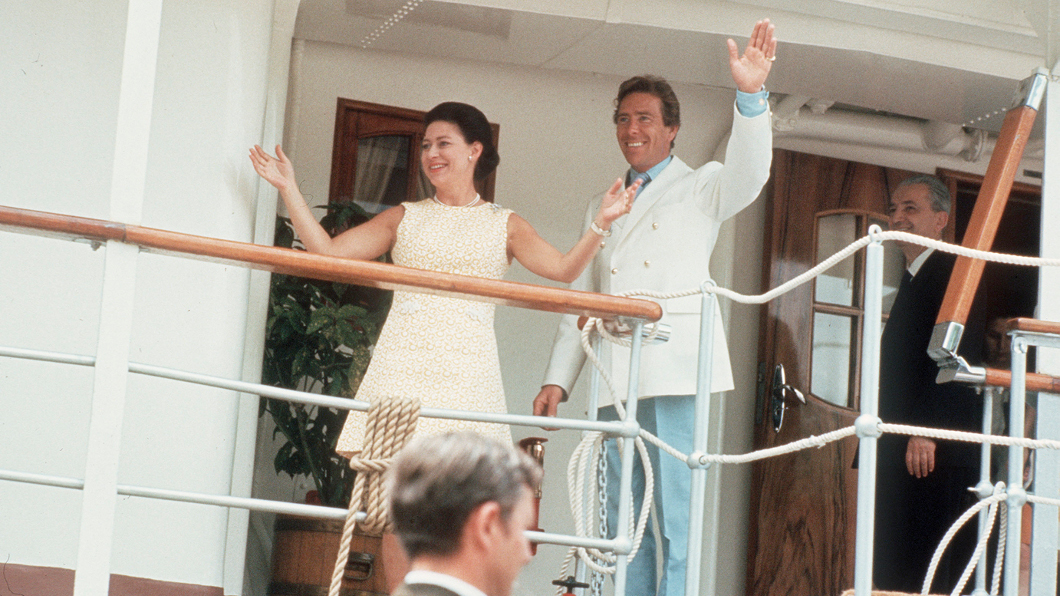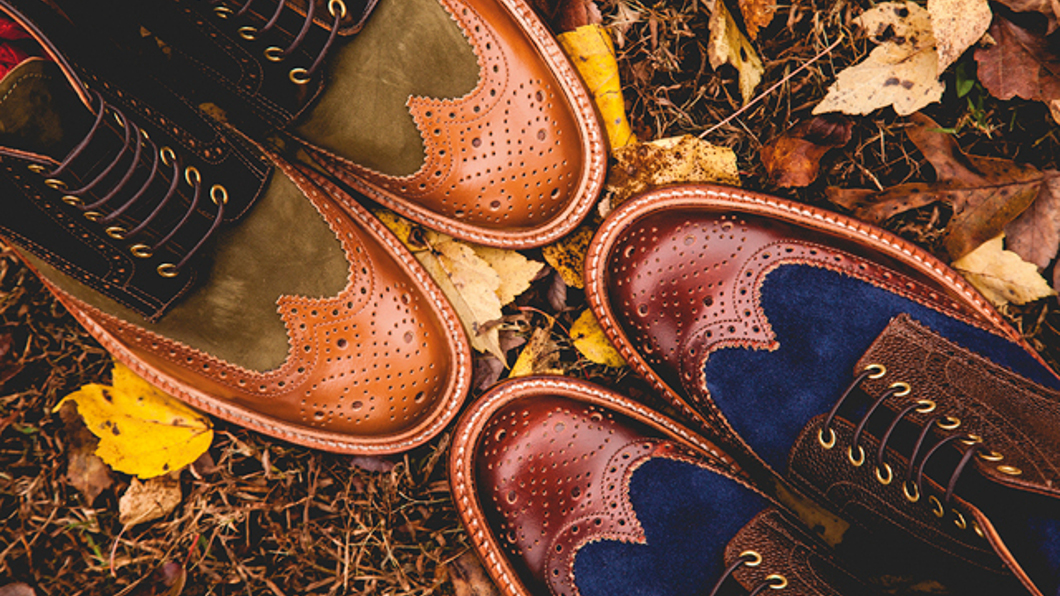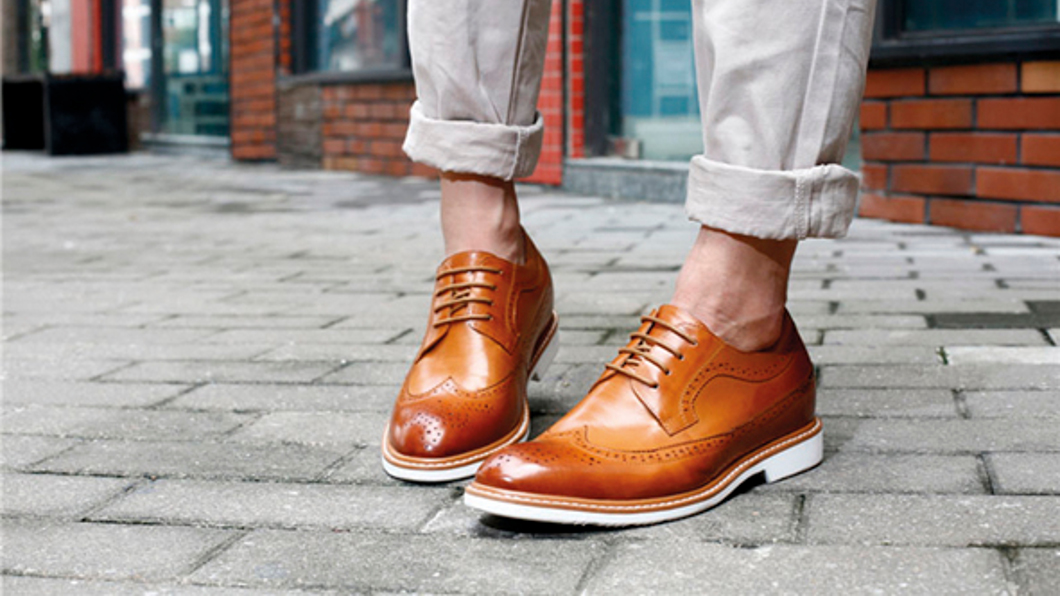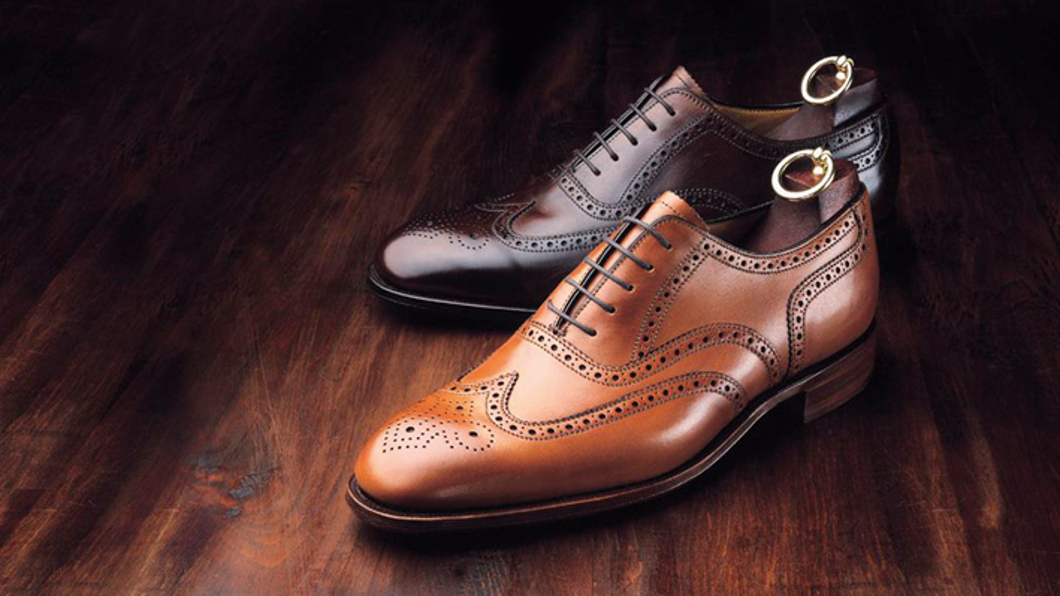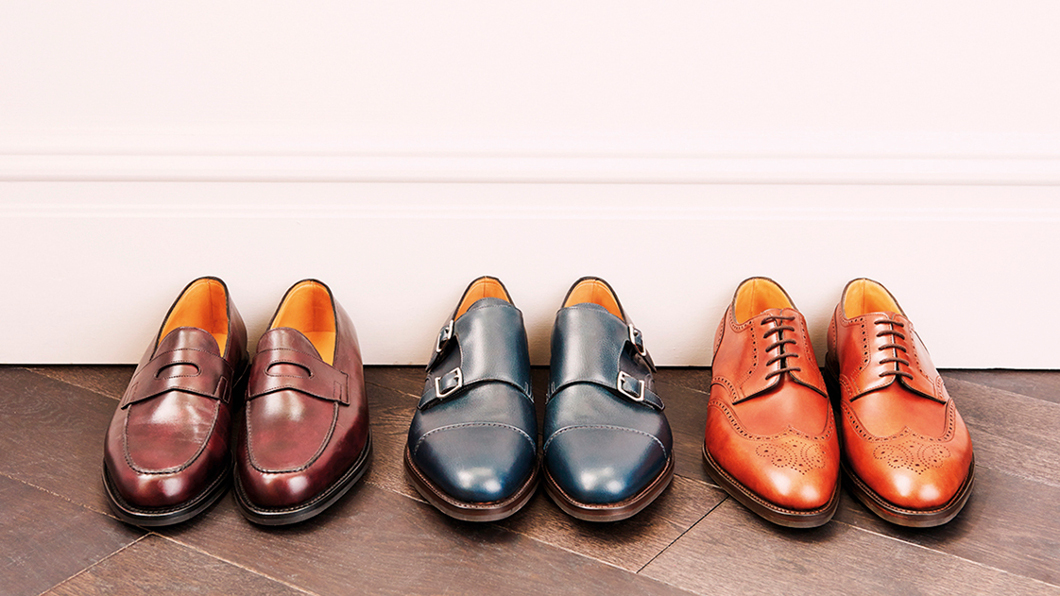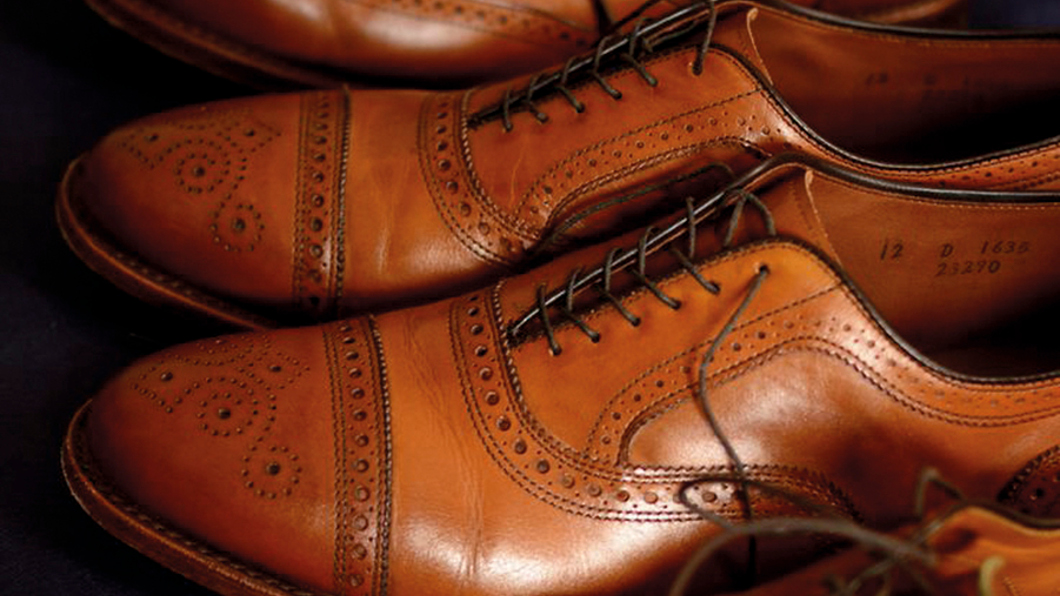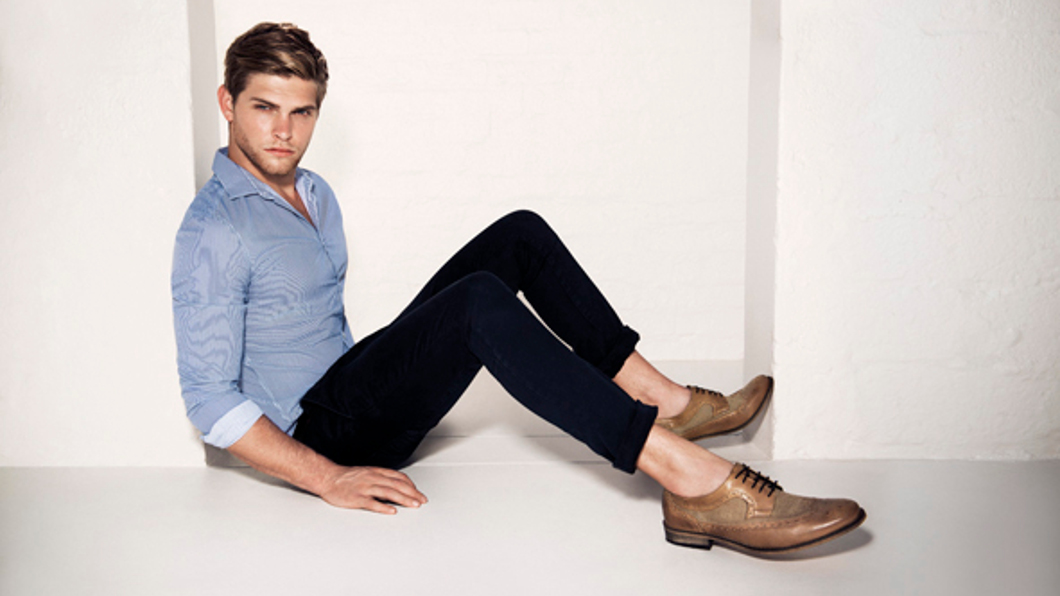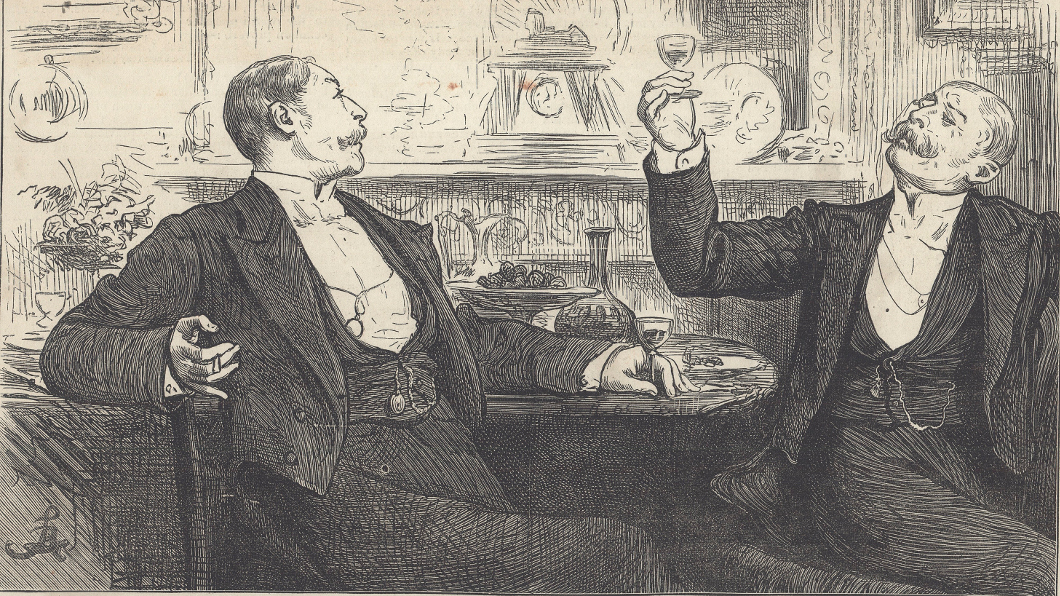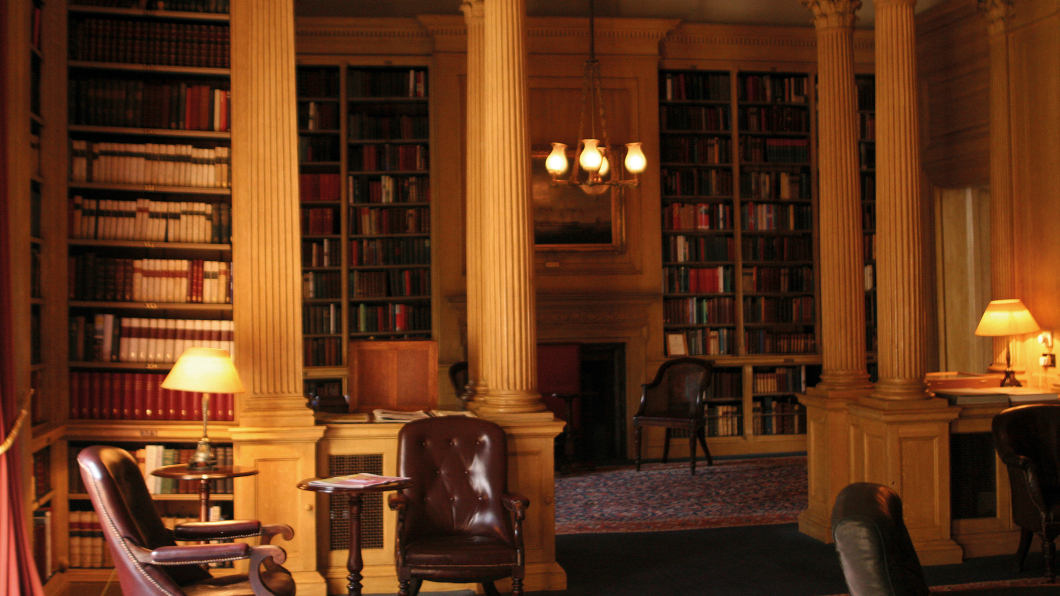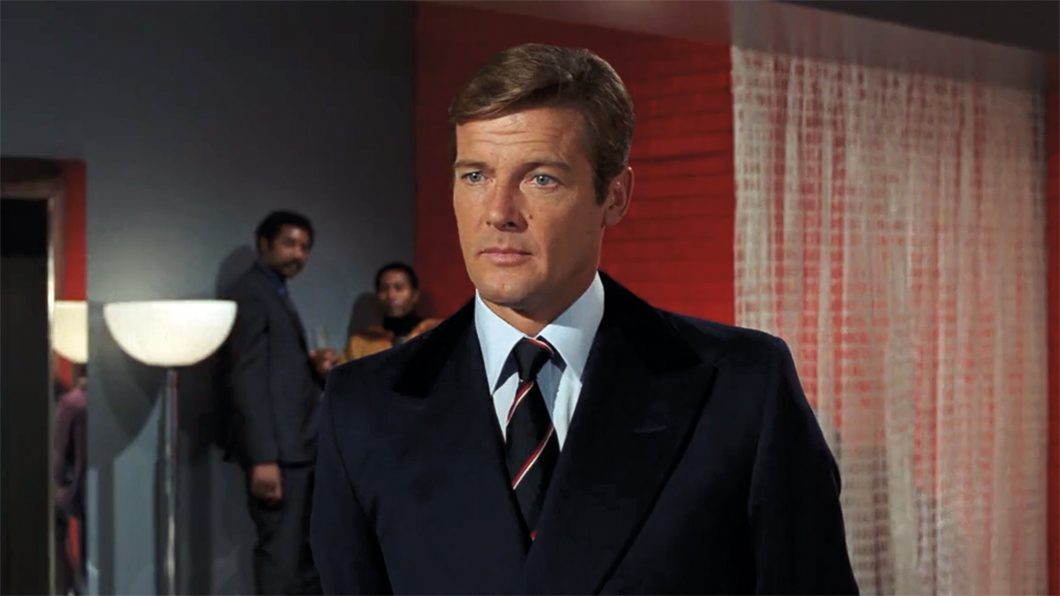Remembering the life and times of Lord Snowdon, 1930-2017
By Tom Corby
The decade known as the Swinging Sixties was dawning when Princess Margaret introduced her soon-to-be fiancé Tony Armstrong-Jones to the Queen Mother. His arrival was right on cue, when the Royal Family was being criticised for being too tweedy, and out of touch. A young and sexy photographer who had been cutting a swathe through London society, he was anything but dull. By the end of a convivial lunch the Queen Mother was captivated by his easy charm and thereafter encouraged her daughter to pursue the relationship. Tony liked the Queen Mother too, and enjoyed her coquettish familiarity touched with formality. Their friendship became close and was to survive until the end of her life
For Margaret, whose love affair with the divorced Group Captain Peter Townsend had been thwarted three years earlier, he was a revelation – a touch flamboyant in manner and dress he was so different from the hand-picked polite young arm’s length aristocrats who escorted her to Mayfair night clubs and to the theatre. Above all he had a hint of danger about him which matched Margaret’s rebellious streak.
Tony’s friendship with the Princess began to develop in 1958 after they were introduced by Lady Elizabeth Cavendish, a sister of the Duke of Devonshire. He was an English rebel without a cause, with a wicked twinkle in his eye, and the suggestion of a pout. Margaret, unwillingly enduring the tedium of life at Court ( although she never objected to the privileges of royalty), was intrigued by his lack of deference, and the seductive manner in which he whisked her anonymously down to his hideaway in Rotherhithe, south east London, for clandestine evenings away from Clarence House. Sometimes Margaret’s fun loving mother came in tow, going to pubs, checking out the shops. The Queen’s sister relished the naughtiness of it all, and told the French artistic giant Jean Cocteau: “Disobedience is my joy.” Meanwhile the Queen Mother, adopting the spirit of the age, remarked: “I don’t see anything wrong in swinging a little.”
Margaret and Tony became engaged on February 27, 1960. Tony was to become the first non-aristocrat to marry into the Royal Family for 400 years, but he was by no means a parvenu. He came from the Welsh gentry, the son of barrister and a society hostess, the Countess of Rosse. Despite having been educated at Eton and Cambridge, he was making his living as a portrait photographer of the rich and famous. Their wedding took place in Westminster Abbey on May 6. It was the first great royal event since the coronation of Elizabeth II. Now, seven years later, the country was bursting into the 1960s, and what the Queen’s biographer Lady Longford called “a period of brittle animation”. Two days before the wedding the Queen gave a party for 2000 at Buckingham Palace in honour of the new couple. The Joe Loss Band played numbers from the cockney pop show “Fings Aint Wot They Used To Be,” and Tony’s bohemian friends mingled with the Establishment.
Tony and Margaret were revitalising the monarchy, updating it to an age of fast cars and short skirts. The Queen and Prince Philip did their best to keep pace, but Philip’s new green 100mph Alvis seemed staid compared with Tony’s motorbike on which he raced round London with his wife on the back, both of them dressed in black leathers. Huge crowds thronged The Mall hoping to catch a glimpse of the newly-weds as they processed from the Abbey to Buckingham Palace. Had the public – or the Royal Family – known how the marriage would develop and eventually disintegrate in a welter of vitriol and promiscuity on both sides, those crowds would have been considerably reduced and less starry eyed. At that time, public cynicism about the royal fairytale had yet to set in. Home was a grand apartment in Kensington Palace, and they were in the vanguard of all that was new and exciting. Long before Buckingham Palace even dreamt of entertaining them, writers, painters, actors and dancers, poured through their front door.
The couple had returned from their honeymoon to a stultifying life at court, carrying out minor public engagements in which the husband had always to walk two paces behind his royal wife. He did his best fit in, learning to shoot so that he wouldn’t disgrace himself on the killing fields of Sandringham and Balmoral. In 1961 there was the consolation of ennoblement, as the Earl of Snowdon, in a nod towards his Welsh roots. He was part of the Royal Family, but not royal, routinely ignored by the servants who were resentful of his ambiguous position. His sartorial style was described at the time by one royal watcher as: “The King’s Road rubbing shoulders with Savile Row.”
Although he could bespoke with the best for formal and grand occasions – Tailor and Cutter magazine claimed he was a devotee of the Row – he didn’t think twice about turning up at the palace in hip hugging slacks, a roll necked top, and knee high suede Chelsea boots. He became a customer of the legendary Doug Hayward, of Mount Street, who dressed the stars, such as Michael Caine, Roger Moore, and a galaxy of others. Doug was invited to Mustique, where Margaret and Tony had a holiday home, and crooned Cole Porter songs with her without missing a beat. He beguiled the Princess with his working class charm, and as another guest said: “His secret was to treat her like a regular bird.”
In 1963 Tony was appointed as Constable of Carnarvon Castle, and six years later he took part in the investiture of Prince Charles as Prince of Wales, and, as everyone else seemed to be wearing a uniform, designed himself a distinctive olive green outfit with the Prince of Wales’s Feathers on the collar of the jacket. He believed it made him look like a 1950s cinema usherette or the panto character Buttons. In a television interview 40 years later he did not disagree when Huw Edwards gently suggested that he had tried to bring a touch of Carnaby Street to the ceremony.
Tony’s style went side by side with his photography which contributed spectacular images to the world, and thus influenced popular culture in a lasting way. It was indeed all about image. He moved through the decades sporting the looks of the times with great confidence. His friend, the American fashion designer, Tom Ford, says that he was always stunned by his choice of clothes. “He was a buttoned up gentleman in tweed; a mod, a macho biker, a groovy photographer striding through an airport in suede and Dolce Vita shades. He was a playboy; his sideburns grew long, as did his hair, and neckerchiefs seemed to work on him as well as a classic black tie. He was a chameleon, able to straddle several worlds simultaneously, and to the end was a man of great style and taste.”
Antony Armstrong Jones, 1st Earl of Snowdon, March 1930- January 2017.
By Tom Corby The decade known as the




